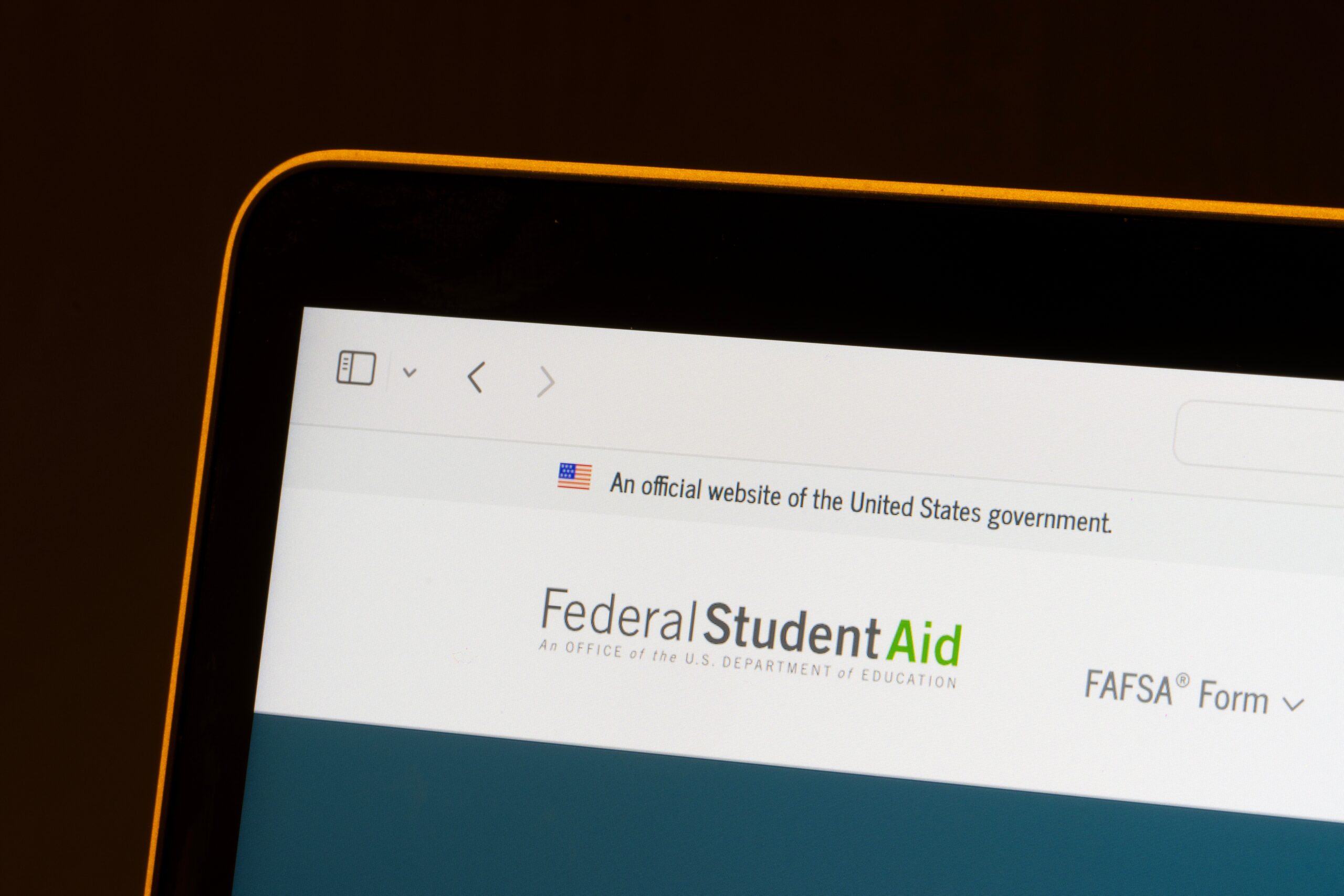Guest post by Andrew Smiley, Executive Director of TreeFolks
In times of crisis, one of the most urgent questions is: How can I help?
Monetary donations given to trusted, local organizations allow aid to be delivered quickly and directly to those in need. Community foundations, chambers of commerce, churches, and volunteer fire departments are already working on the ground. They understand the specific needs of their neighbors and can respond with targeted assistance that national groups may not be able to provide as efficiently.
While it may feel helpful to donate bottled water, clothing, or household goods, these items can be a burden if they aren’t explicitly requested. Without proper systems for storage and distribution, unsolicited donations can slow down relief operations. The same goes for volunteering—if you want to offer your time and skills, wait for a clear call from local organizations to avoid diverting attention from urgent tasks and complicating other coordination efforts.
Larger relief organizations do play an important role, especially when it comes to bringing in outside resources and managing logistics at a larger scale. But in a crisis like this, it’s often the local groups—those with their ears to the ground and their hearts rooted in the community—who are best positioned to act swiftly and compassionately.
If you’re looking for where to start, the Hill Country Alliance has assembled a comprehensive webpage with flood relief and support resources. The Austin Community Foundation is also directing donors to several trusted efforts, including the Kerr County Flood Relief Fund through the Community Foundation of the Texas Hill Country, the Wilco Cares Flood Relief Fund through the Central Texas Community Foundation, and the ongoing efforts of the Austin Disaster Relief Network.
Every act of generosity matters. By choosing to support local organizations, you can ensure that your help goes where it’s needed most.
Andrew Smiley is the Executive Director of TreeFolks, a Central Texas nonprofit organization that has been active in post-disaster reforestation and education throughout the region. Andrew has also managed disaster relief efforts with farmers and ranchers in Texas impacted by hurricanes and drought.




